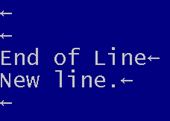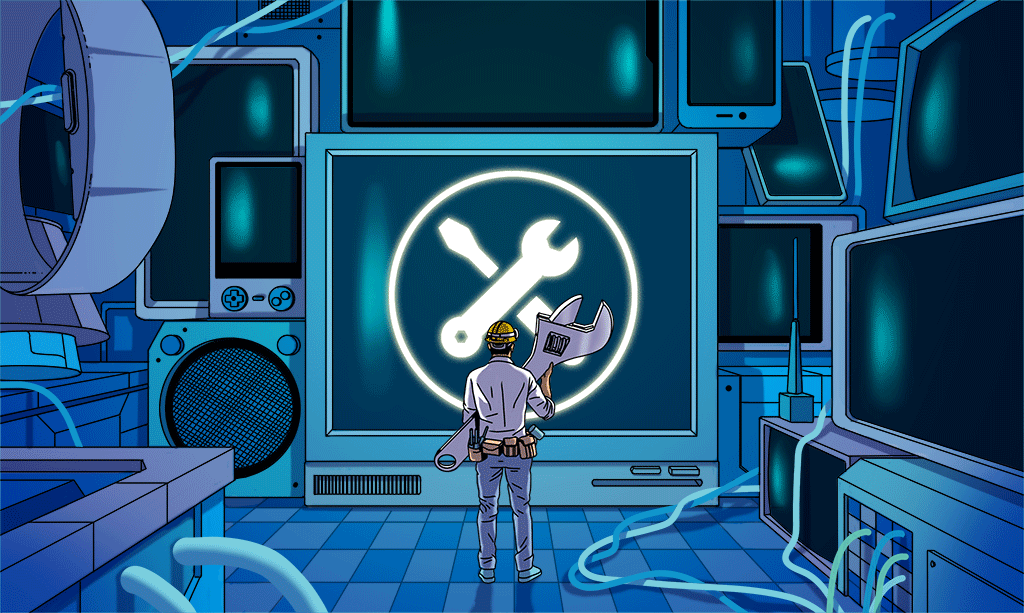Understanding Line Break Types- CR LF, LF, and CR

Line breaks play an essential role in text formatting, yet they are often overlooked in the programming world. Operating systems and text editors have their conventions for line breaks, leading to variations in line break types. This article will explore the differences between three common line break types: CR LF, LF, and CR.
CR LF (Carriage Return Line Feed)
The CR LF line break type is commonly used in Windows operating systems and DOS-based text files. It combines two characters: Carriage Return (CR) and Line Feed (LF). Let’s delve into the significance of each of these characters:
-
Carriage Return (CR): Represented as \r, this character moves the cursor to the beginning of the current line without advancing to the next line. It's like pushing the typewriter carriage back to the left.
-
Line Feed (LF): Represented as \n, this character moves the cursor down to the next line without affecting the horizontal position. It's like moving the typewriter carriage down to the next line.
In Windows and DOS text files, the combination of CR and LF characters indicates a line break. The CR LF sequence \r\n is commonly used to represent line breaks in these systems.

LF (Line Feed)
The LF line break type is predominantly used in Unix, Linux, macOS, and modern text editors, including those for web development. In this convention, a single Line Feed character (\n) represents a line break. Unlike CR LF, there is no preceding Carriage Return character. The LF line break type solely relies on the line feed character to move to the next line.

CR (Carriage Return)
The CR line break type is rarely used in modern systems but holds historical significance in older Macintosh operating systems. In this convention, a single Carriage Return character (\r) represents a line break. Similar to LF, there is no subsequent Line Feed character in the CR line break type.

Compatibility and Cross-Platform Considerations
Understanding the different line break types is crucial when working with text files intended for sharing across multiple platforms. It is essential to consider compatibility issues and ensure the intended systems correctly interpret the line break types.
-
Windows applications and text editors generally handle CR LF line breaks correctly.
-
Unix, Linux, and macOS systems expect LF line breaks, and modern text editors seamlessly handle them.
-
Cross-platform projects or collaborations between different systems may require graceful handling of different line break types to avoid formatting issues.
Conclusion
While line breaks may appear insignificant, understanding the differences between CR LF, LF, and CR line break types is crucial for achieving seamless cross-platform compatibility. Whether you’re working on Windows, Unix, Linux, macOS, or modern text editors, being aware of line break conventions ensures consistent and accurate rendering of text files.
By adopting best practices and selecting the appropriate line break type for your target platform, you can ensure optimal readability and portability of your text files.
Now equipped with the knowledge of line break types, you can confidently handle text formatting and avoid any surprises in your coding and development endeavors.
Happy coding!
